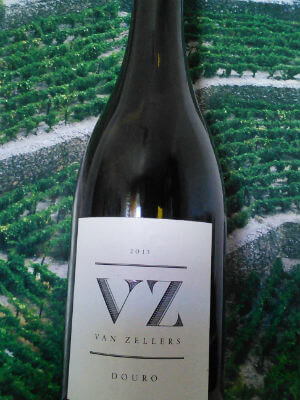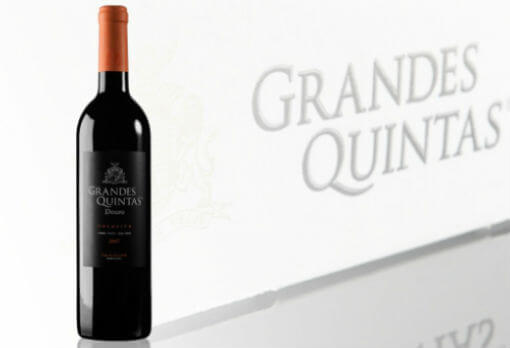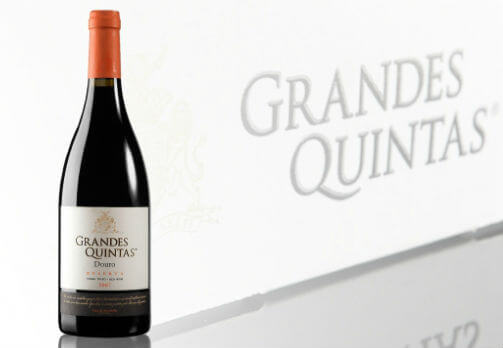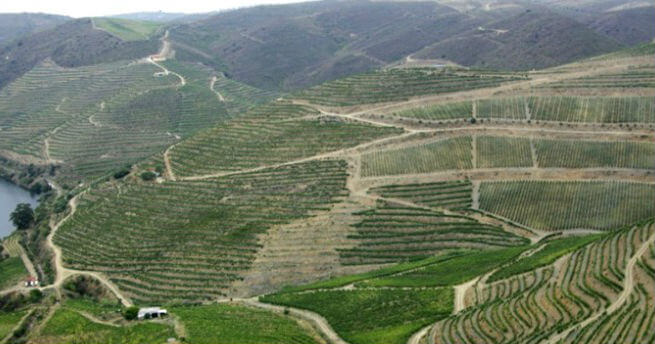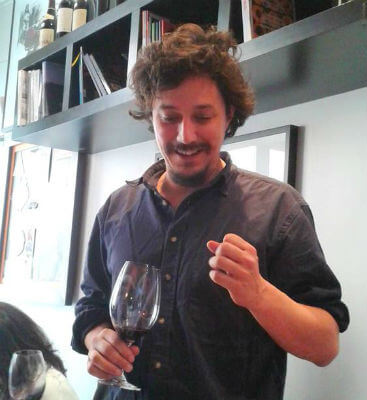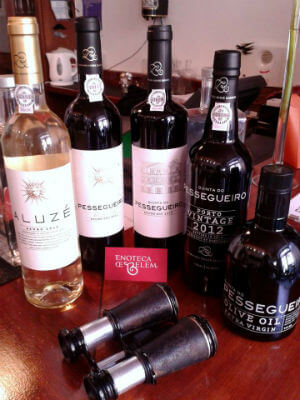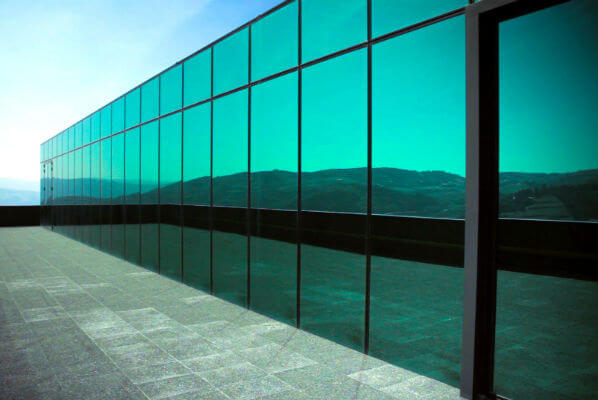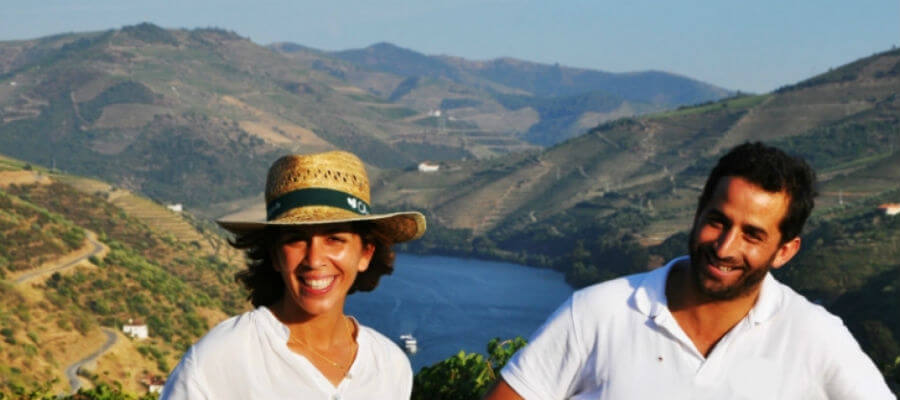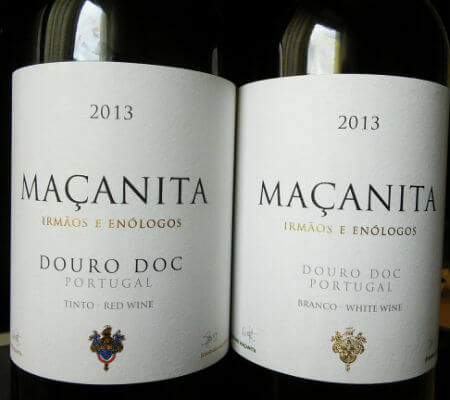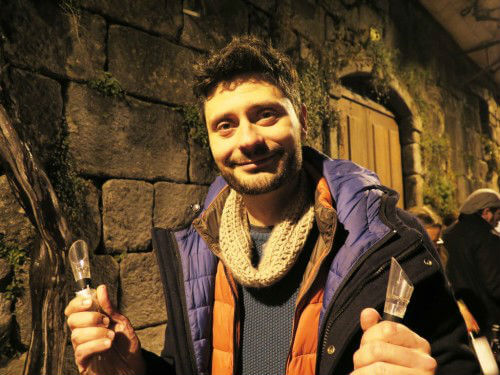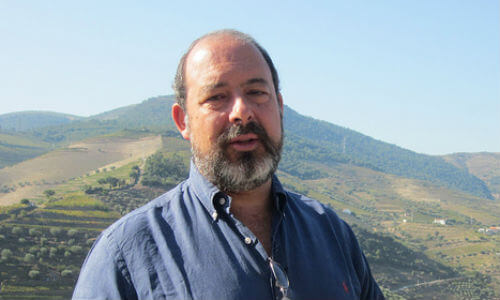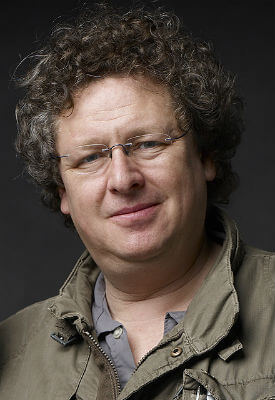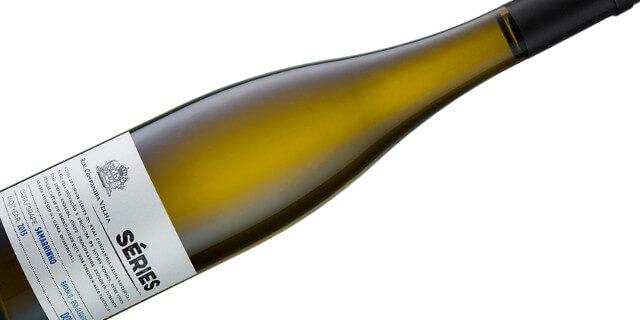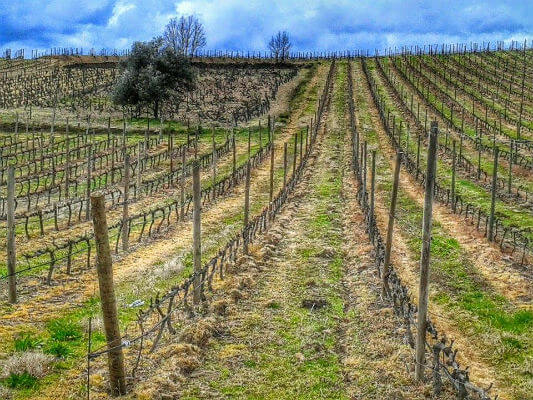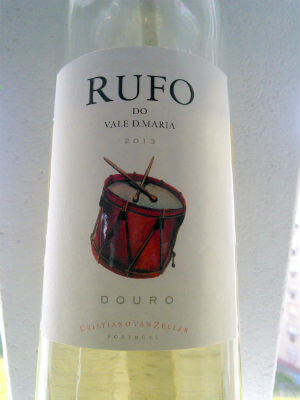Palato do Côa wines – A dream in no rush
Text João Barbosa | Translation Jani Dunne
In 2008, Carlos Magalhães, an oenologist with experience in Alentejo and in Bairrada, discovered Quinta da Saudade, in Muxagata village, in county Vila Nova de Foz Côa. He knew well what skills were needed to produce quality wine, so he challenged four friends into buying the property. A fifth member joined them later on.
The six partners (Albano Magalhães, Bernardo Lobo Xavier, Carlos Magalhães, João Anacoreta Correia, João Nuno Magalhães and Manuel Castro e Lemos) set a tough goal: “to calmly create the best Douro wines“.
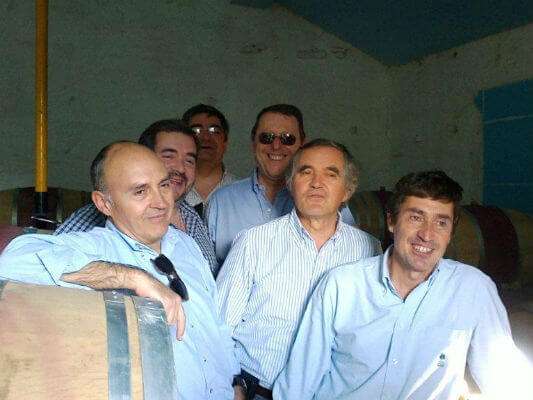
The six partners in palatodocoa.pt
Obviously, many are those who share that wish, therefore targeting the top is simply the best way forward. If every person involved aims for excellence, and if healthy competition results from it, the result will be a continuous effort for raising quality in the brand, the region, and the country.
Douro Superior is not a piece of cake… It gets quite cold in the winter, and in the summer, it opens its gates to hell. However – perhaps because vines are masochist plants – this sub-region breeds wines greatly acknowledged among consumers, and national and international critics.
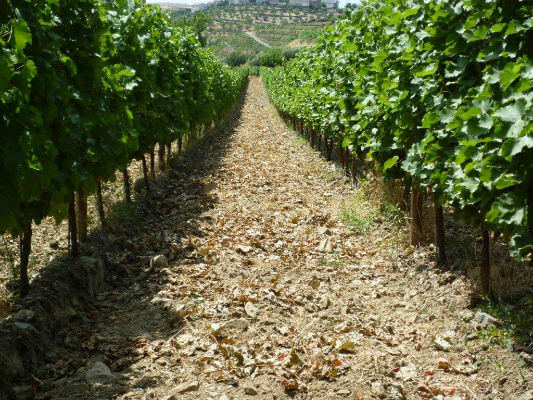
The Vines in palatodocoa.pt
Carlos Magalhães claims he is in love with Burgundy, and he has a dream that his wines will gain the same pattern. It doesn’t look easy to me, looking at the natural conditions found in that French region and those found in Douro. But he is the oenologist, and he knows his grapes, the farm grounds, and the climate of the place.
In Quinta da Saudade, 18.5 acres of vines are a few decades old. Another 21 acres have recently been planted in addition. The white varieties are Rabigato, Viosinho and Códega de Larinho, traditional of the Douro region. The red varieties are Touriga Franca, Touriga Nacional, Tinta Roriz and Alicante Bouschet.
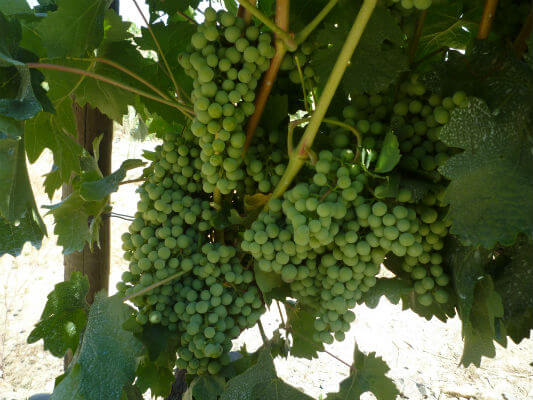
The Grapes in palatodocoa.pt
The truth is Palato do Côa wines turn out very refreshing. The low-end wines in the range proved refreshing; they are well made and do not present any unjustified vanity. They go well together with a family meal, where no formalities take place, or in a meal with friends, where bubbly friendship won’t kill the wine, nor will the latter disturb any conversation tending towards oenophile critique.
Palato do Côa Reserva red 2011 demands a little more of your attention; bring it out when the in-laws come for dinner.
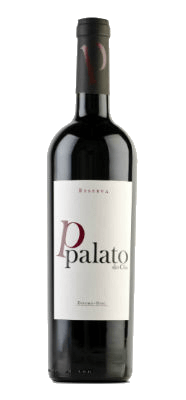
Palato do Côa Reserva in palatodocoa.pt
Saving wines for special occasions is often unfair to both the wine and to the oenophile. However, some wines must be drunk straight away, before, on “the day” the cork is finally pulled out of the bottle, the joviality evaporates to leave only the ashes.
Palato do Côa Escolha red 2011 and Palato do Côa Grande Reserva red 2011 are at a hard-to-reach level. Both make a beautiful thank you gift for a surgeon, or for the in-laws, when you are invited to first meet them. The latter requires moderation, in order to avoid “spoiling” them.

Palato do Côa Escolha in palatodocoa.pt
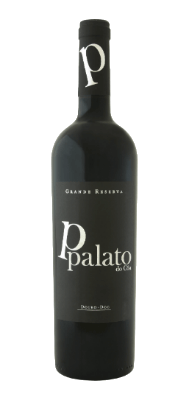
Palato do Côa Grande Reserva in palatodocoa.pt
There is a saying in Portuguese – I’m not sure if it translates into other countries or languages – that Christmas happens whenever man says it happens. So, they can be drunk for Christmas, with extra care regarding the serving temperature and the accompaniment on the plate.
Jokes aside, Palato do Côa Escolha Red 2011 and Palato do Côa Grande Reserva Red 2011 must be put away during hot weather, in countries where the sun really burns. They require substantial food and air conditioning… Well, Christmas can take place whenever man wishes, just not in hot weather. Both deserve to rest for some time, in the dark and in the right temperature.
Contacts
Quinta da Saudade
Muxagata, Vila Nova de Fóz Côa
Albano Kendall Magalhães
E-mail: akmagalhaes@palatodocoa.pt
Tel: +351 939 363 890
Carlos Magalhães
E-mail: carlosmagalhaes@palatodocoa.pt
Tel: +351 964 246 161
Website: www.palatodocoa.pt



